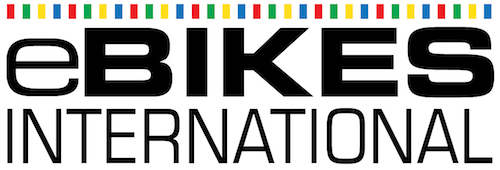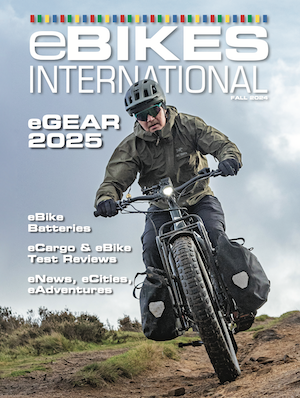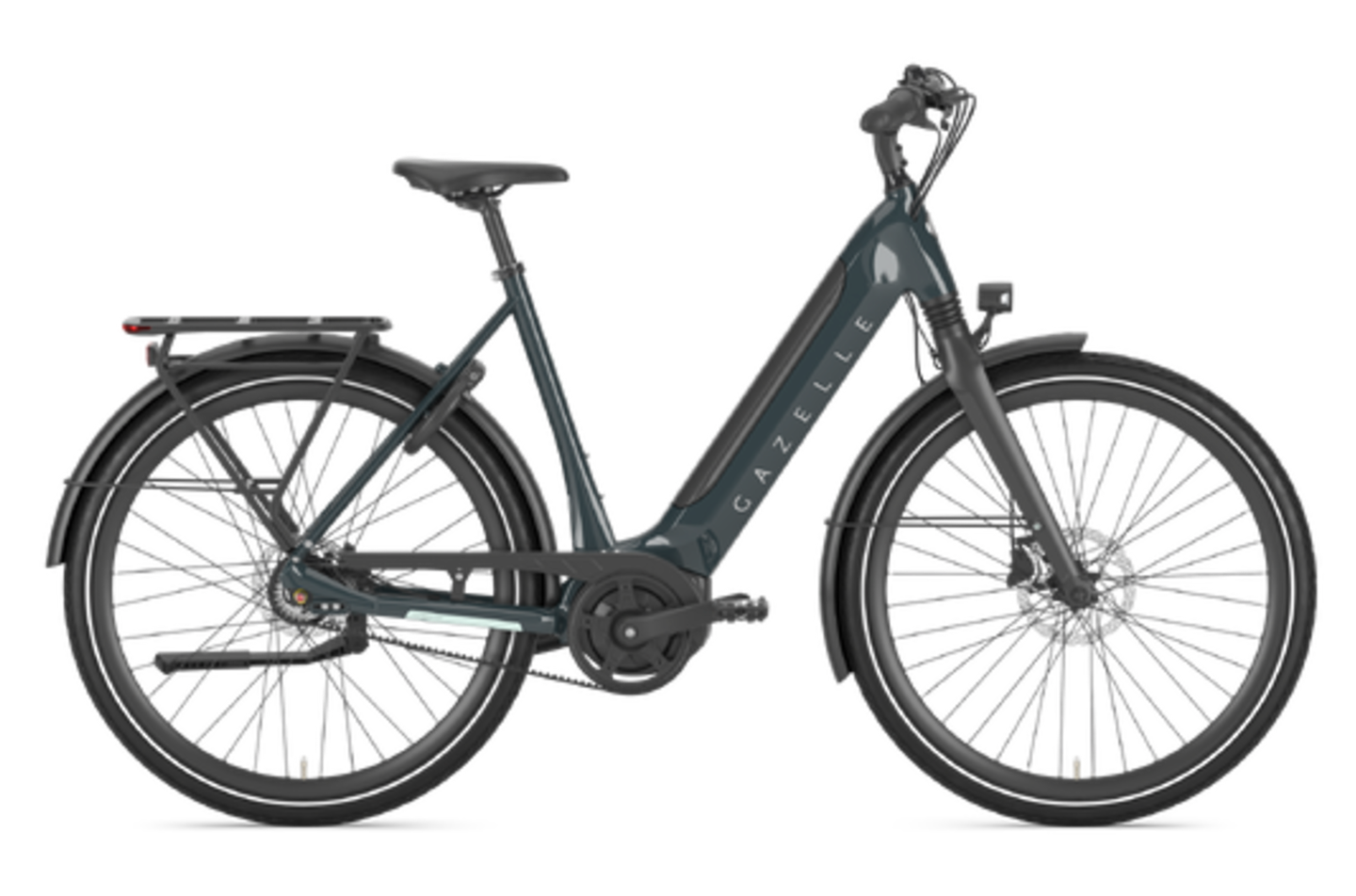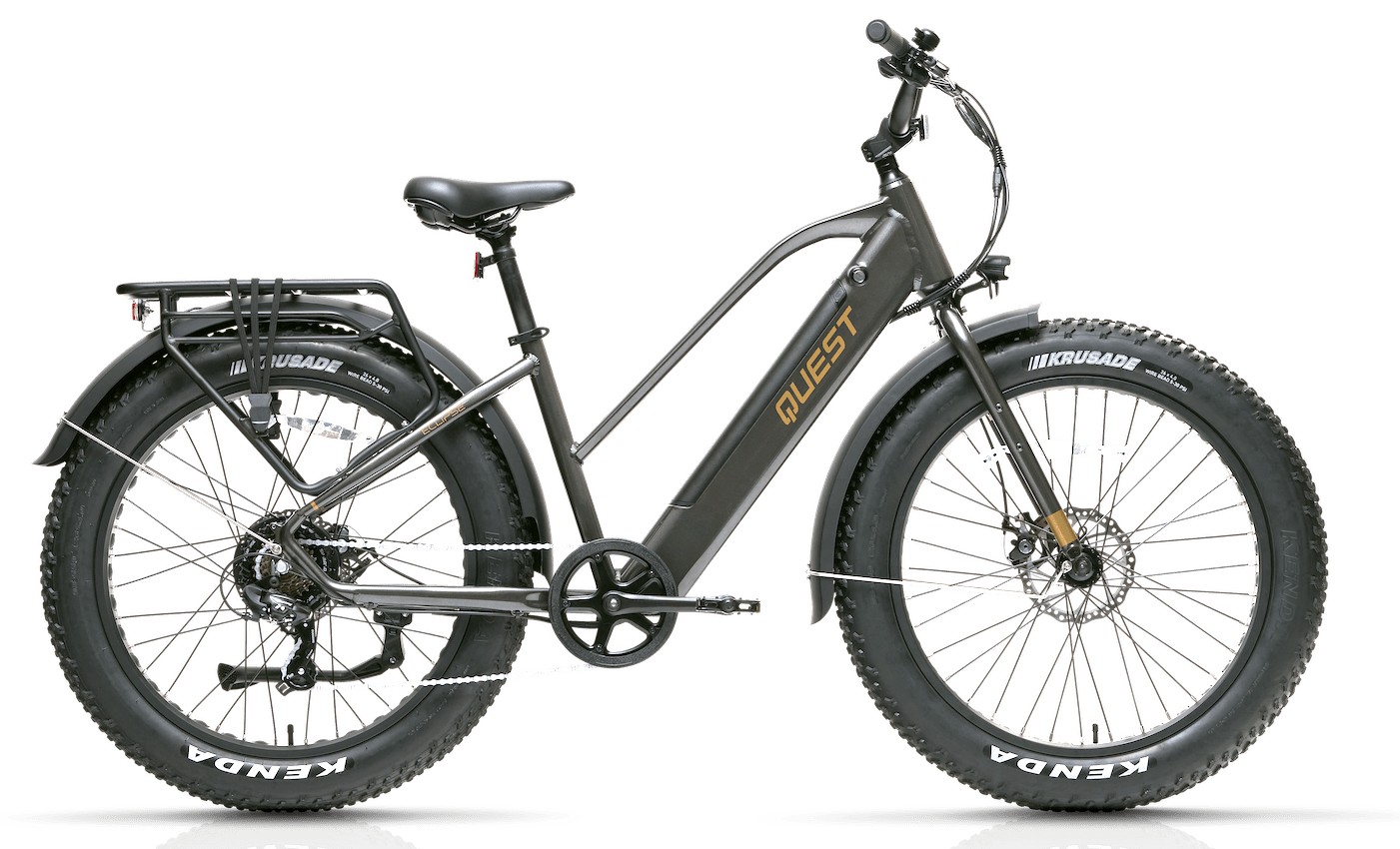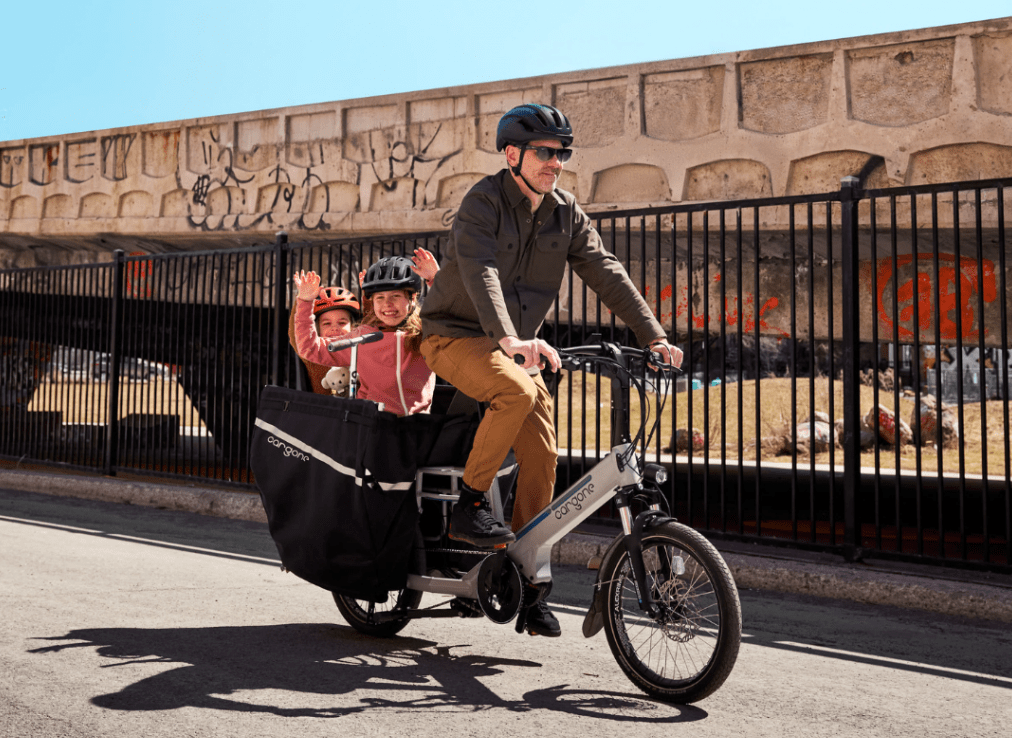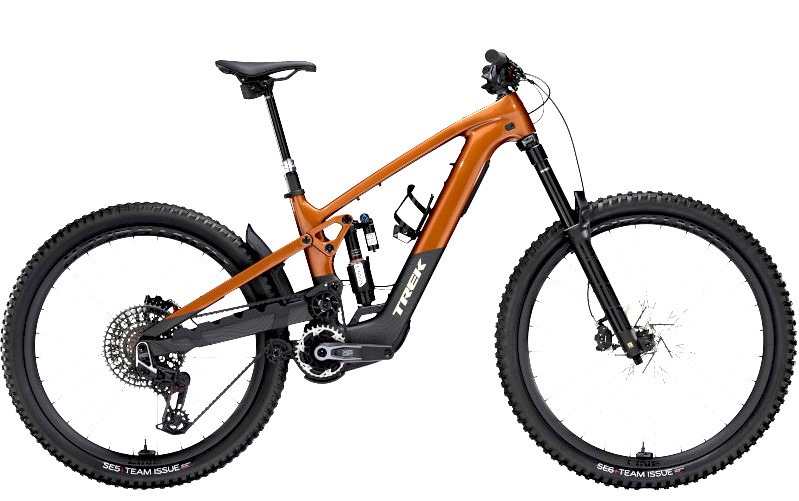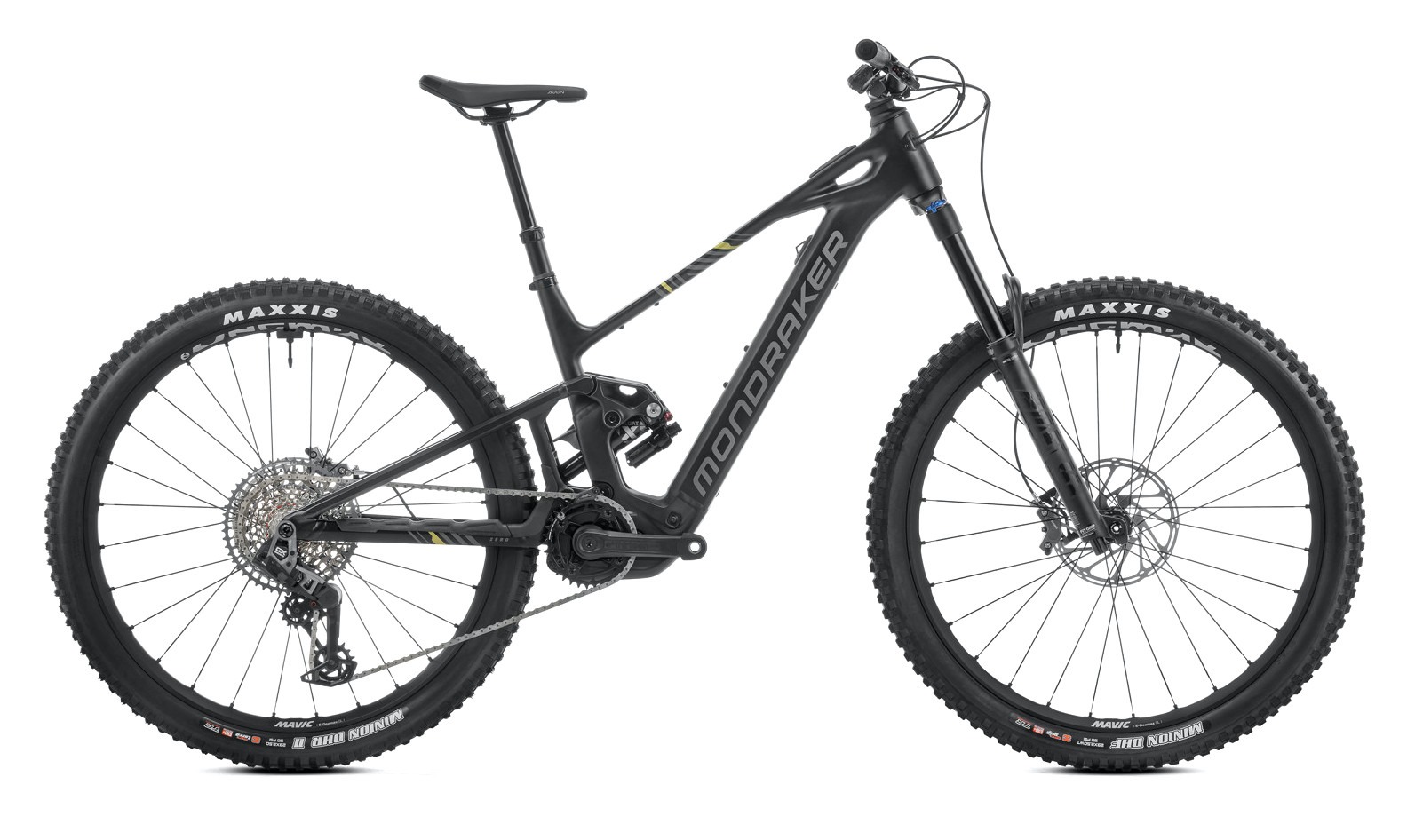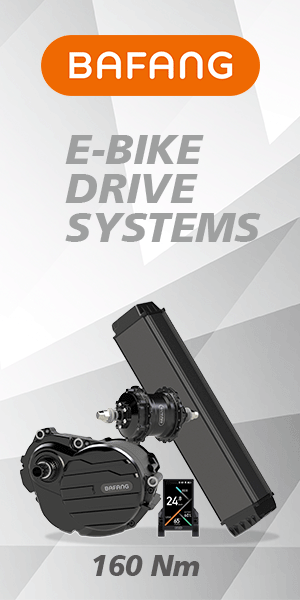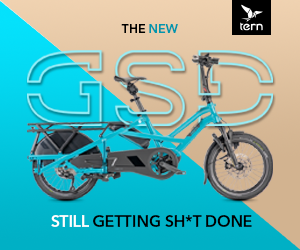July 31, 2023 - Yamaha Motor launched the world’s first production e-bike back in 1993, and the impressive current growth of electric bicycles around the globe is testimony to the company’s pioneer spirit. The milestone achievement saw its legendary Power Assist System (PAS) enjoy a successful market debut.
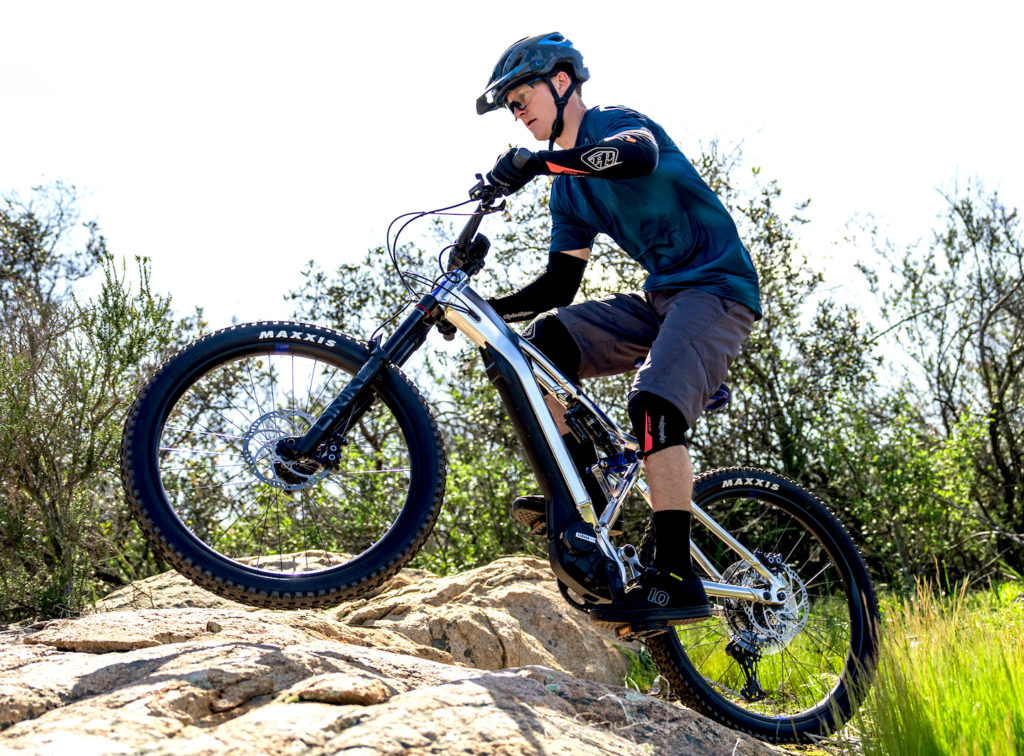
What began as an initiative back in 1989 to address societal issues in Japan, ranging from the environment to congestion and the energy sector, along with a rapidly aging population amidst a falling birthrate, led Yamaha to focus on the bicycle. The company developed a commuter-style prototype that utilized an electric motor to assist the user’s pedalling force, as a means for greater personal mobility that anyone could enjoy.
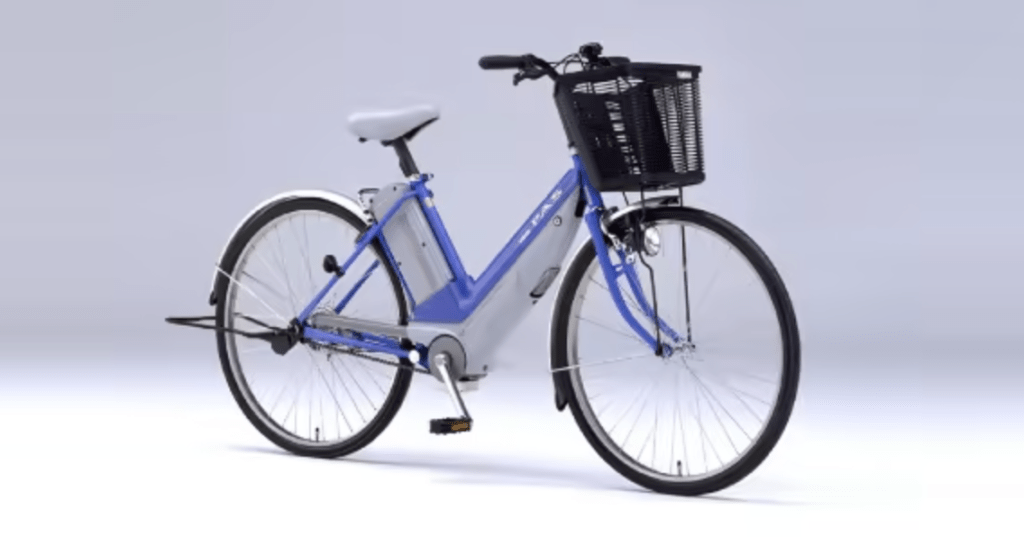
Soon after, Yamaha’s new PAS system was unveiled, and the world of cycling and personal mobility would change forever. The novel system was composed of a torque sensor that detected the force being applied to the pedals; a speed sensor to detect the speed of the bicycle in motion; a computerized controller coupled to the electric motor that generated assistive force; a drive unit that transmitted assistive force to the rear wheel; and a battery that powered the system.
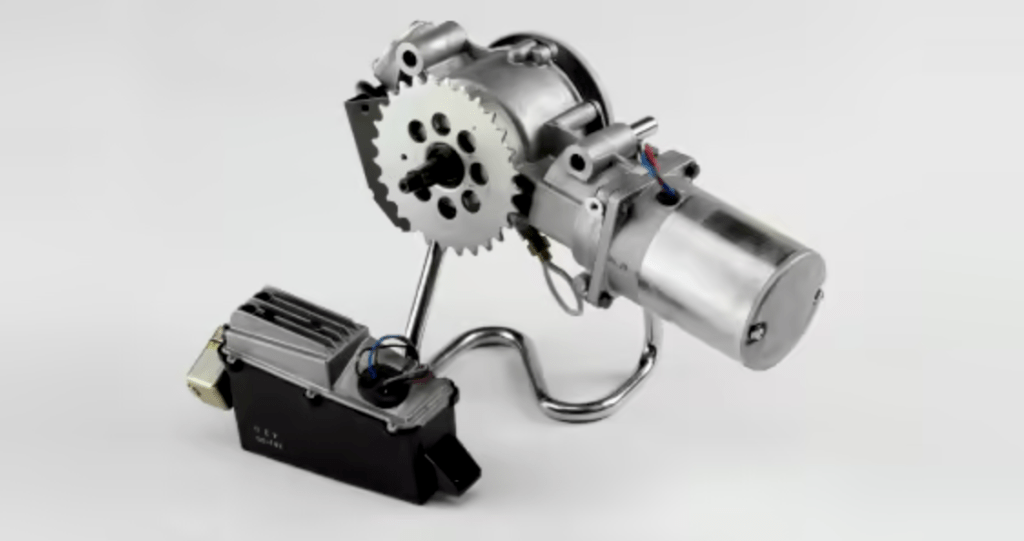
In 1995, the Yamaha PAS C system featured a new detachable nickel-cadmium battery that allowed it to be charged on or off the e-bike. Lighter than conventional lead batteries, it was also less susceptible to changes in ambient temperature, provided a more stable current, and had a higher lifecycle.
More innovations saw the Intelligent Flexible Energy System (I.F.E.S.) developed for battery management in 1999. The system’s computer unit enabled status and data sharing, while monitoring the current, voltage, use frequency, usage conditions and battery temperature.
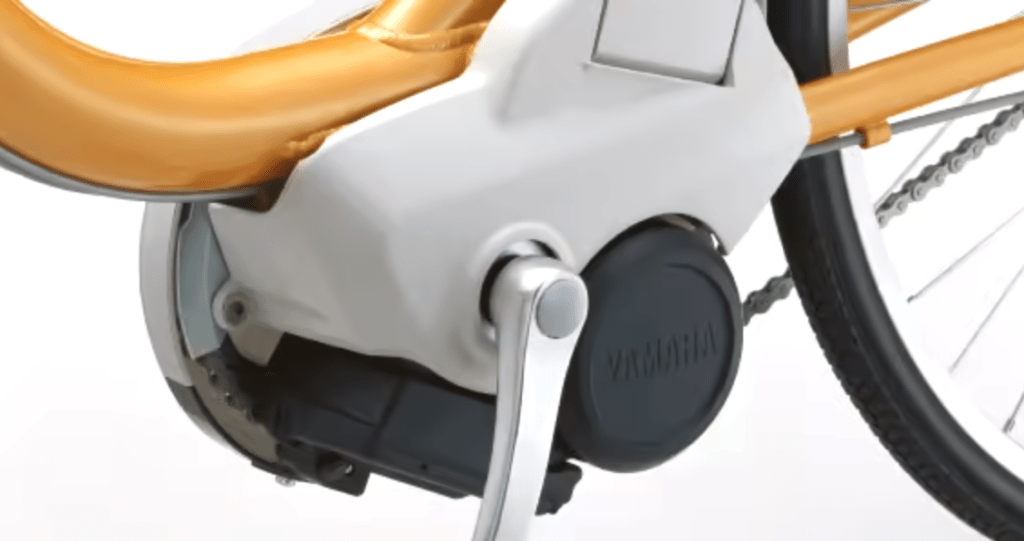
In 2003, a new, compact and lightweight centre-mounted drive unit, employing a brushless DC motor using rare-earth magnets, was developed. In addition, a new direct-to-chain assist arrangement brought higher efficiency and enabled a smooth and powerful feeling while pedalling.
The first lithium-ion battery for a PAS model arrived in 2004, boasting 32% more capacity and a whopping 25% weight-saving. It also enabled Yamaha to add a new power mode, while a newly designed standing charger made battery recharging a much simpler task.

With the debut of Yamaha’s Brace model in 2008, the company hit the one million mark in e-bike drive unit production. The new Brace featured an 8-speed internal-gear hub, a high-rigidity diamond frame, front suspension shocks, Shimano V-brakes (front and rear), semi-slick tires, and an adjustable handlebar stem.
By 2013, Europe had become one of the world’s leading e-bike markets. Yamaha began supplying bicycle manufacturers in Europe with e-bike system kits including a drive unit, battery, display and dedicated charger. Soon after, the new 3.5kg PW Series e-bike system kit was launched specifically for the EU market and included a compact, lightweight, and high-performance centre-mounted drive unit with a maximum peak torque of 80Nm.
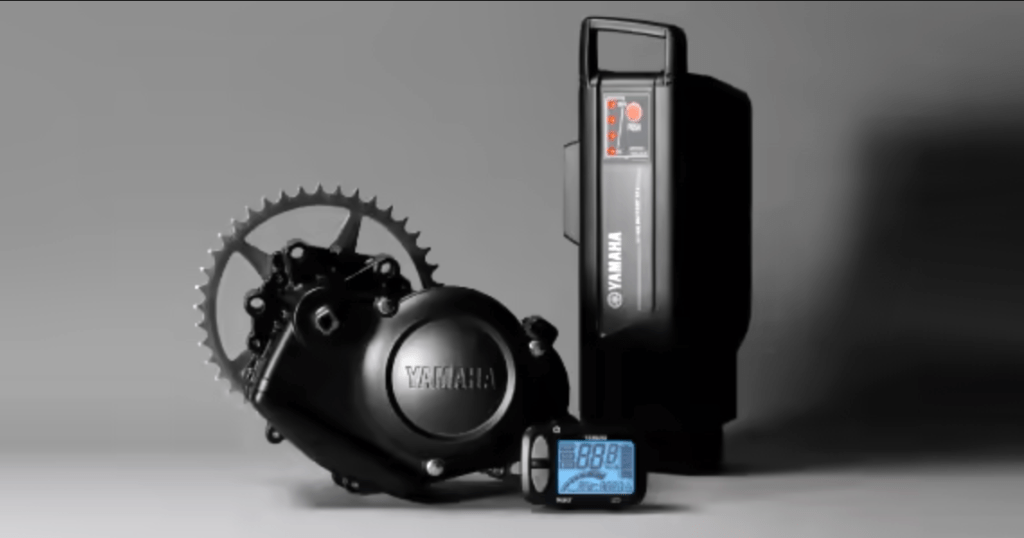
Two years later, Yamaha’s YPJ-R electric road bike was released. Utilizing their compact and lightweight PW Series drive unit, it offered an entirely new way to enjoy the recreational cycling experience. In April of that year, the company’s cumulative e-bike drive unit production reached 3 million units.
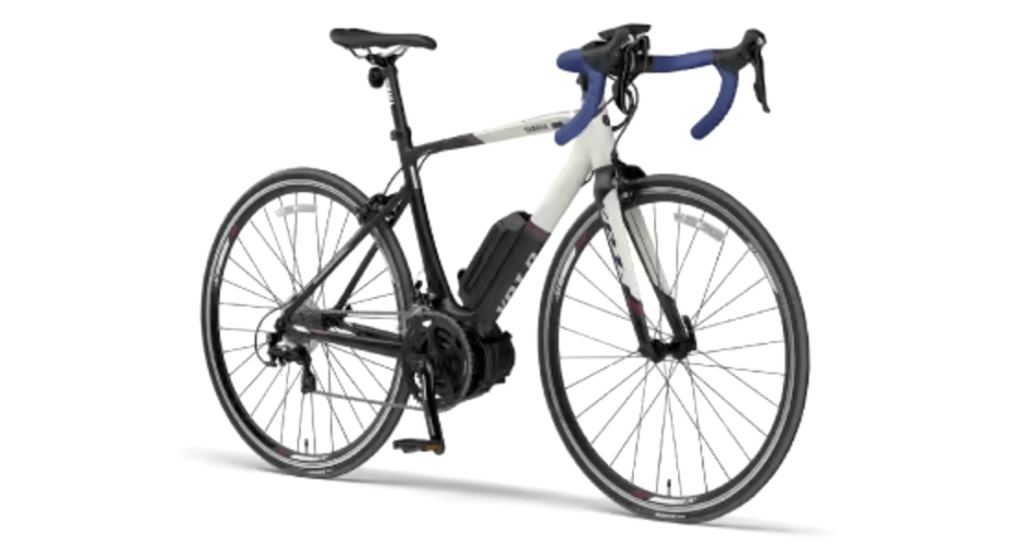
In 2018, Yamaha Motor launched its first e-MTB model, the YDX-TORC, which featured its top-end PW-X drive unit developed specifically for mountain bikes. The company also made an exciting entry into the rapidly growing e-bike market in the U.S., introducing four new models that featured the YDX-TORC, the Urban Rush drop-handle road bike, the CrossCore fitness bike, and the CrossConnect city bike for everyday use and recreation.
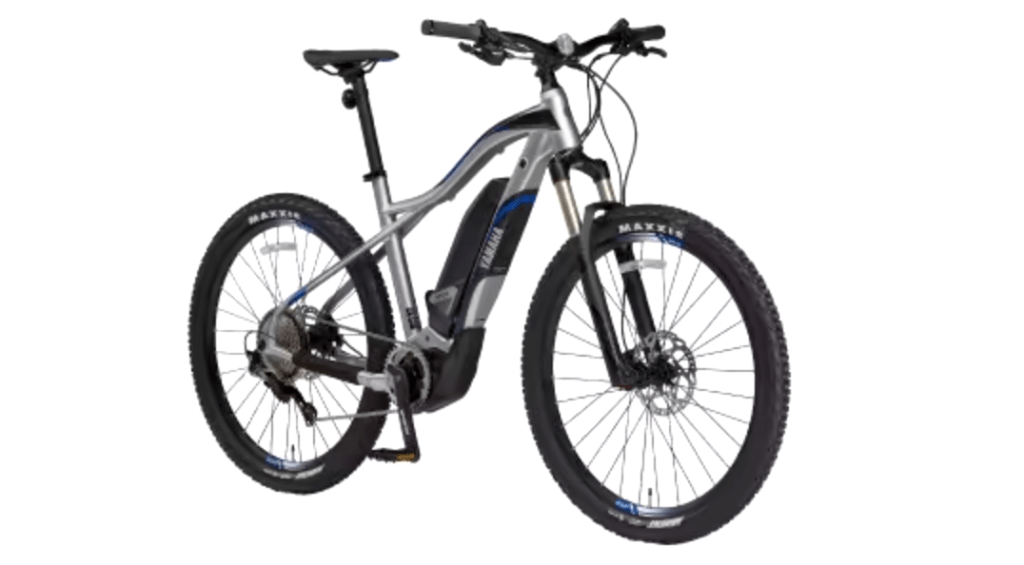
With their expansion, sales were growing. And the next year, Yamaha hit five million e-bike drive units. In 2020, their flagship YDX-MORO Pro eMTB model was released, featuring their powerful next-gen PW-X2 drive unit mounted to Yamaha’s patented Dual Twin® frame.
The new design split the frame into upper and lower sections to “cage” the battery, mount the drive unit, and integrate the suspension components, while delivering excellent chassis rigidity and weight balance. More unique technologies from Yamaha included mountain-ready front and rear suspension and their Quad Sensor System.
In 2022, Yamaha launched three new models aimed at the European market, including the top-shelf All-Mountain YDX- MORO 07, the Wabash RT gravel e-bike, and the do-it-all CrossCore RC urban e-bike — all with their even smaller, yet powerful, PW-X3 drive unit.
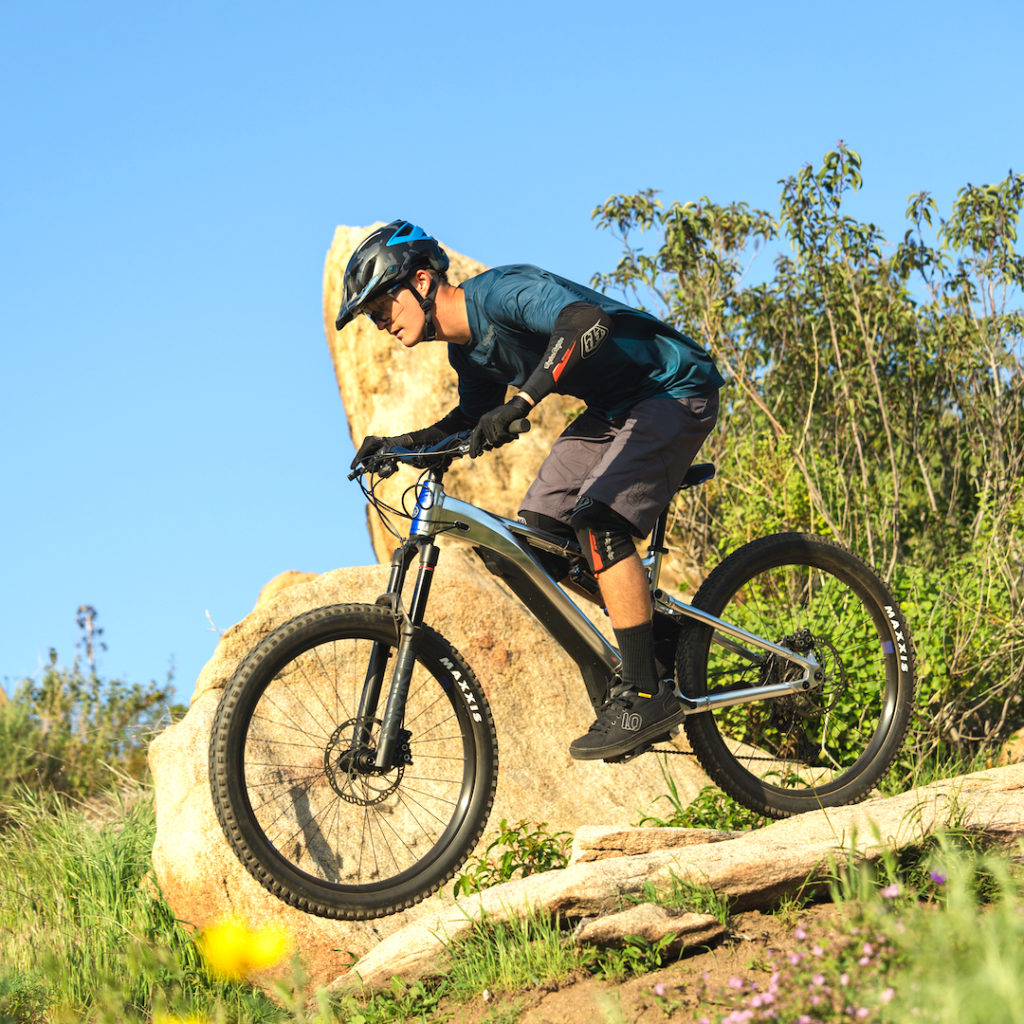
It was time to celebrate in 2023 in recognition of the launch of the world’s first production power-assist e-bike back in 1993. Yamaha Power Assist Bicycles announced the release of the 30th Anniversary Special Edition YDX-MORO 07, with its PW-X3 drive unit, a performance e-bike with racing tradition, pedigree and reliability, created for the next generation of eMTB riders.
In addition, Yamaha Motor Canada launched its e-bike division and introduced three eMTB models, including the YDX-MORO 05, the YDX- MORO 07, along with the 30th Anniversary Special Edition YDX-MORO 07 model. Currently available exclusively through a selection of Yamaha dealers, there are plans to expand the line-up and make it available to other independent bike shops as well.
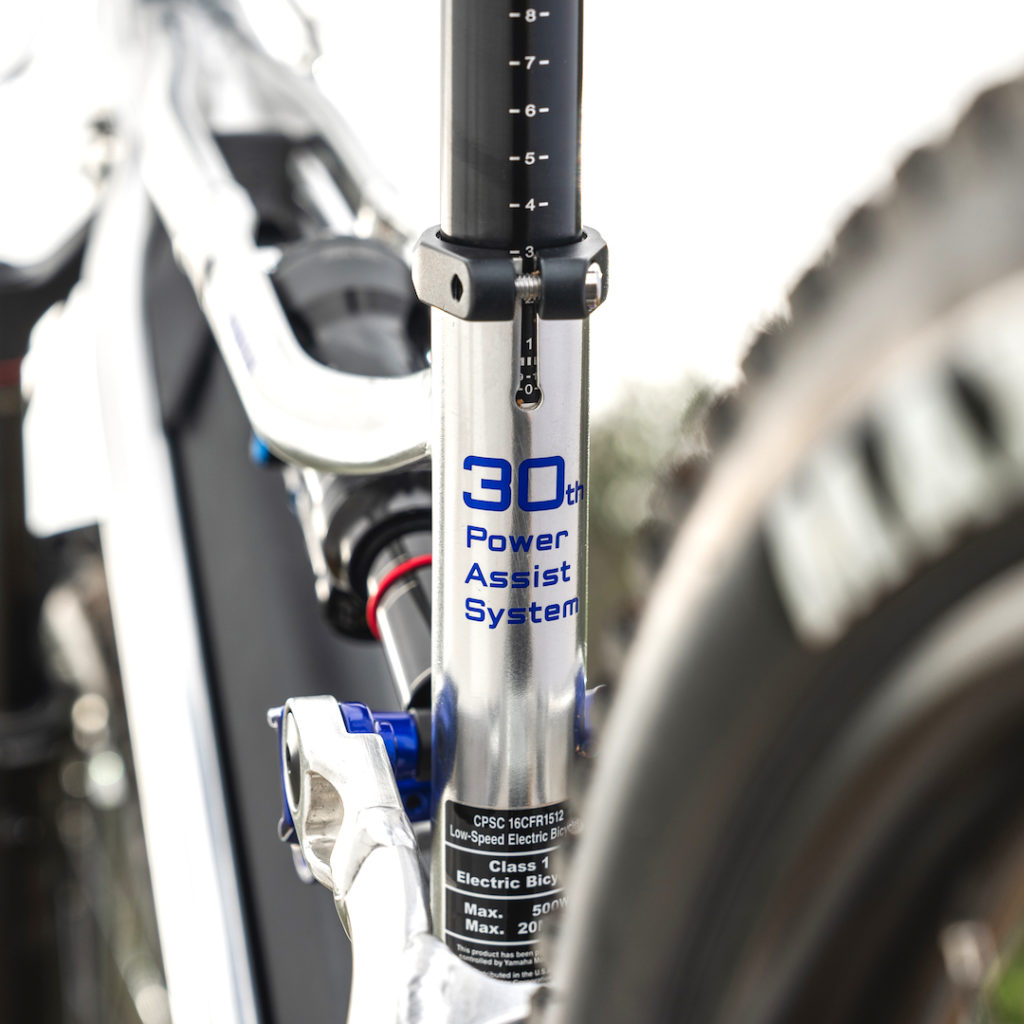
“Yamaha has been a pioneer in e-bikes for more than three decades, and this is an exciting time to be pushing the industry forward in the U.S.,” said Drew Engelmann, National Sales and Marketing Manager at Yamaha Power Assist Bicycles. “In 2023, we affirm our dedication to continue further advancing our technologies and offerings to bring riders in the U.S. e-bikes that make every day more fun and fulfilling.”
The milestone was further recognized by Rob Trester, Manager of Yamaha’s Smart Power Vehicle Division and the Yamaha Power Assist Bicycles group in the U.S. who commented, “Yamaha’s passion for performance is driven by our racing heritage, and the YDX-MORO 07 Special Edition is a true thoroughbred for the next generation of eMTB riders. Since the 1993 launch of our first electrically power-assisted bicycle 30 years ago, which was hailed as a first of its kind, Yamaha has been a world- leading innovator in e-bike technology with millions of riders globally.”
For more information, please visit their website here.

